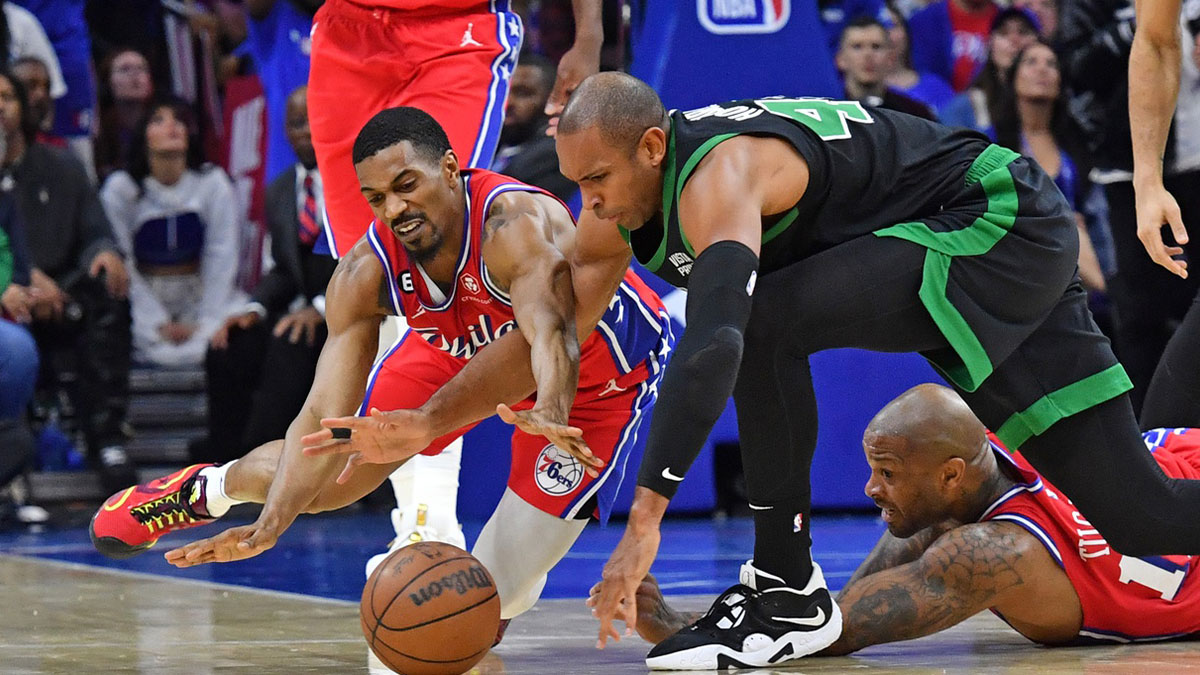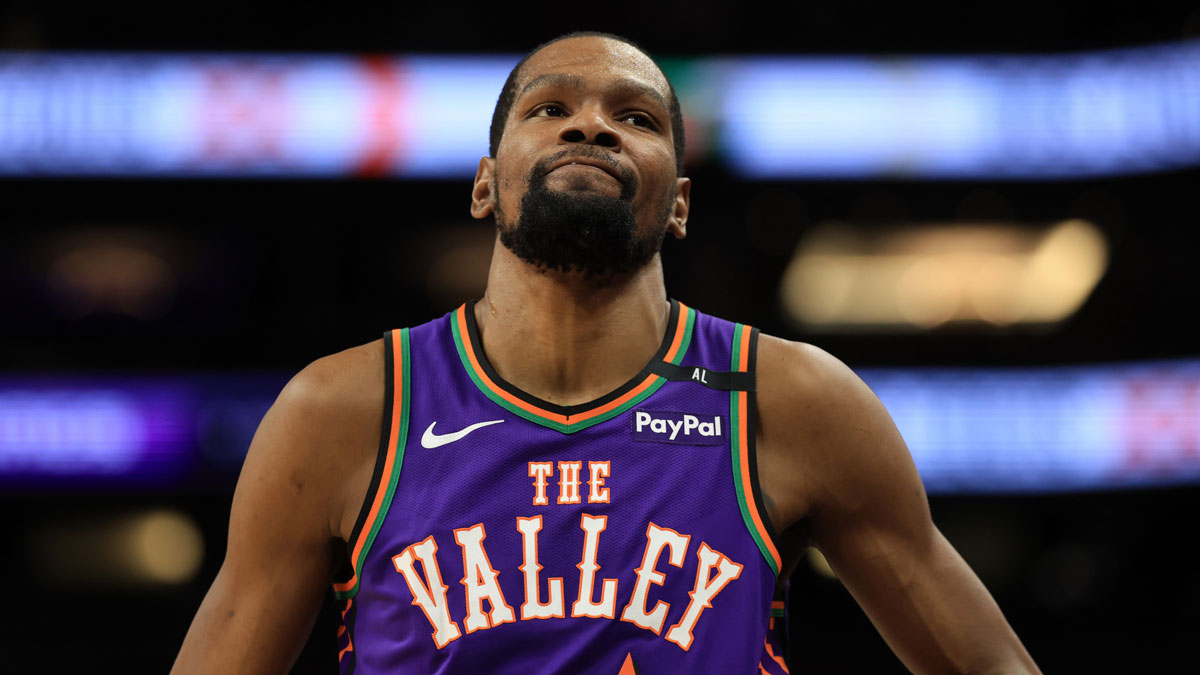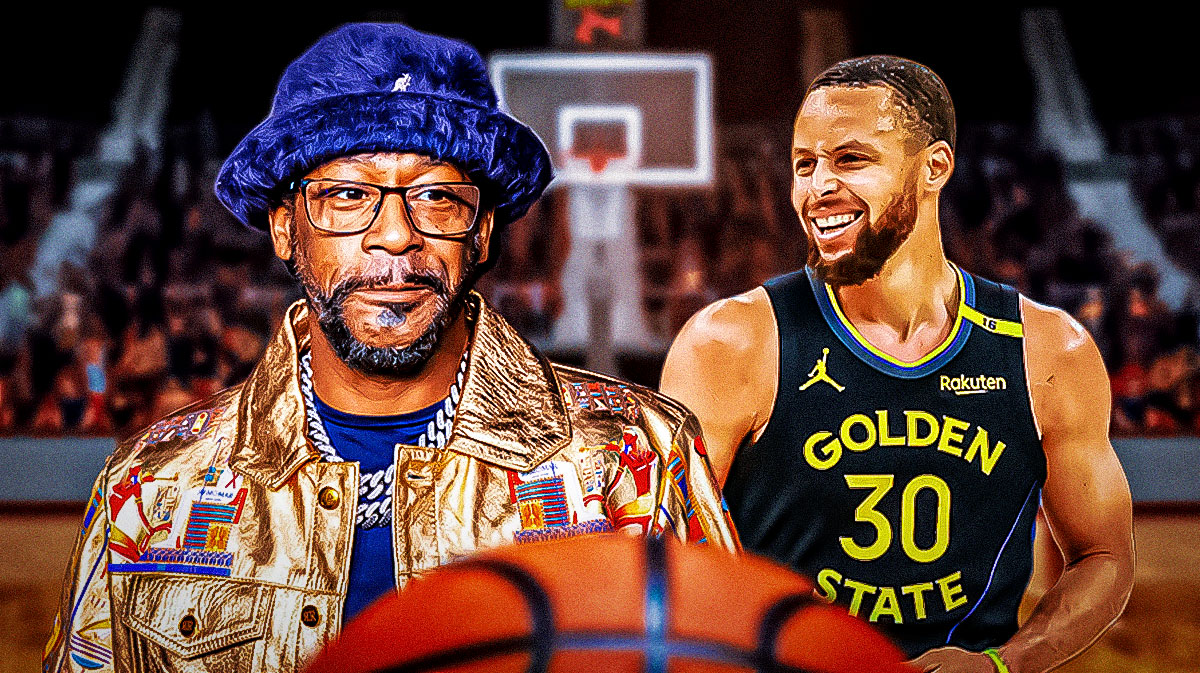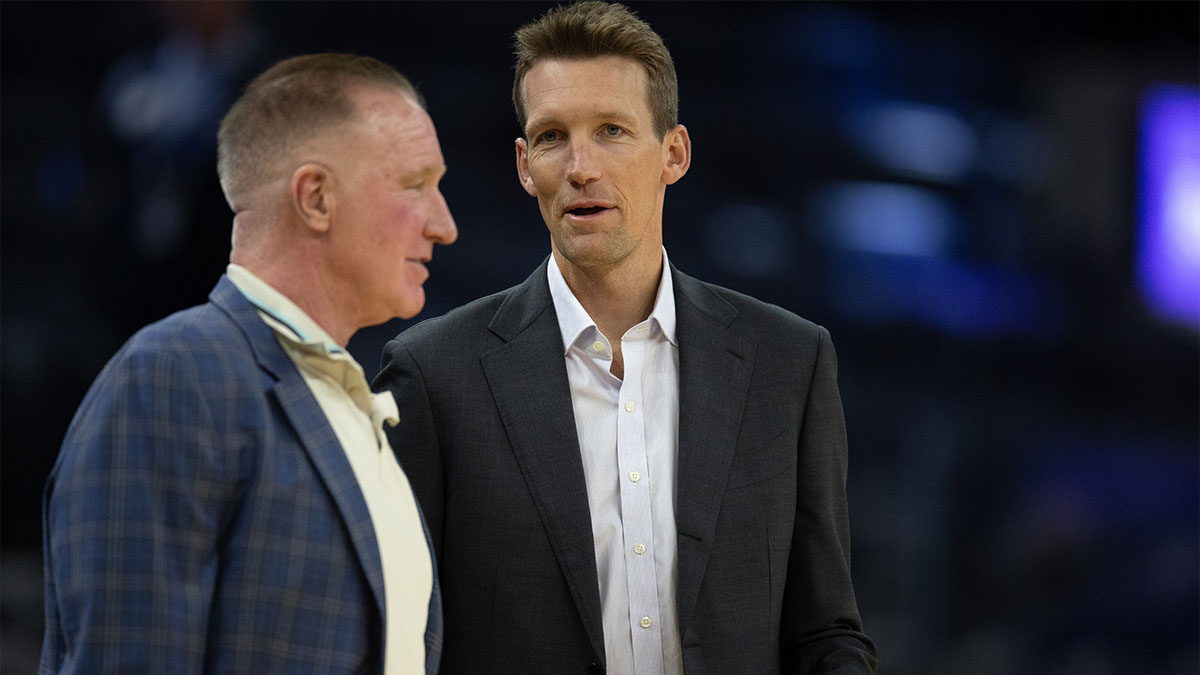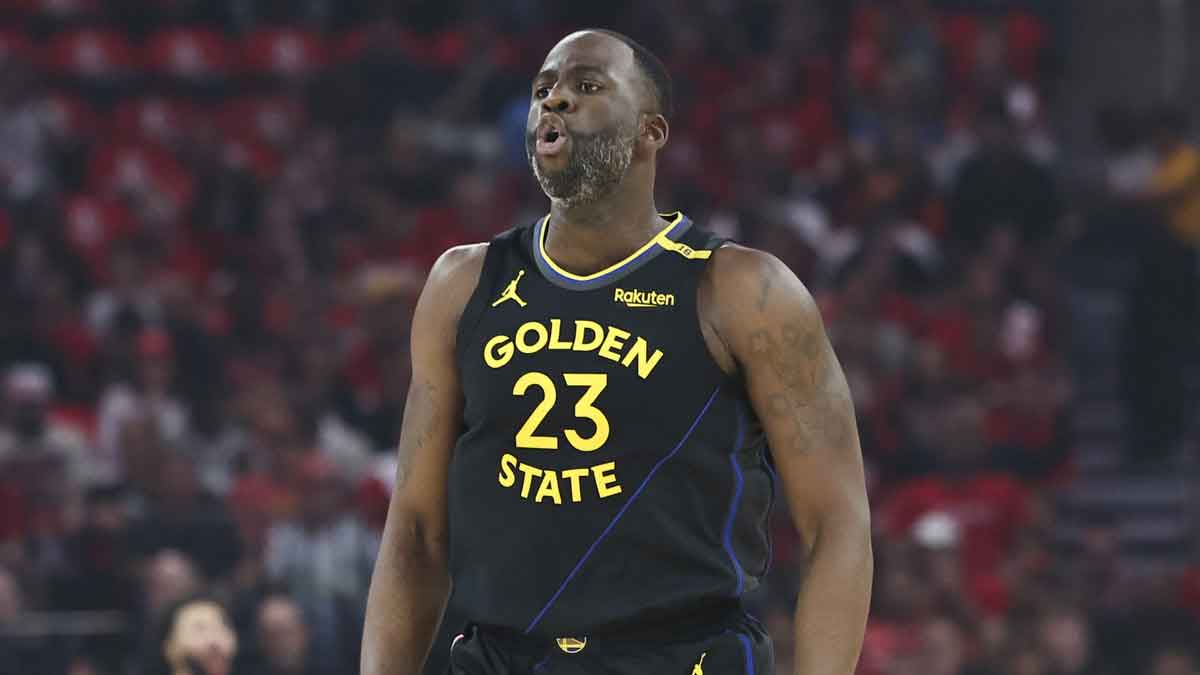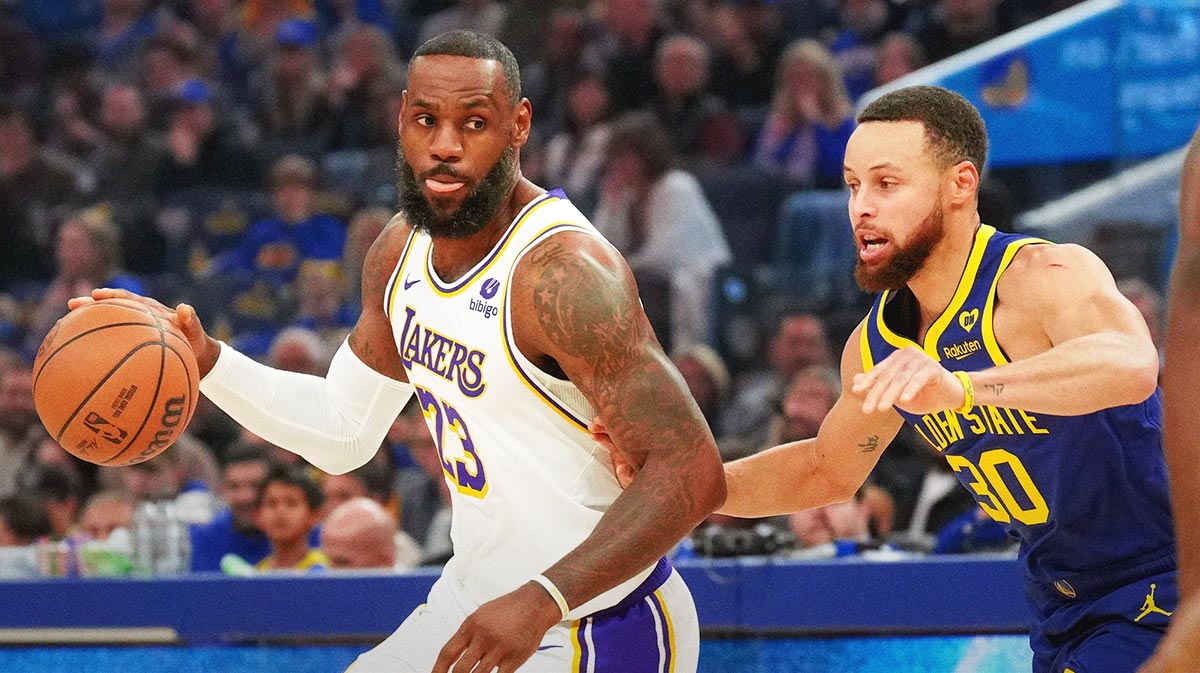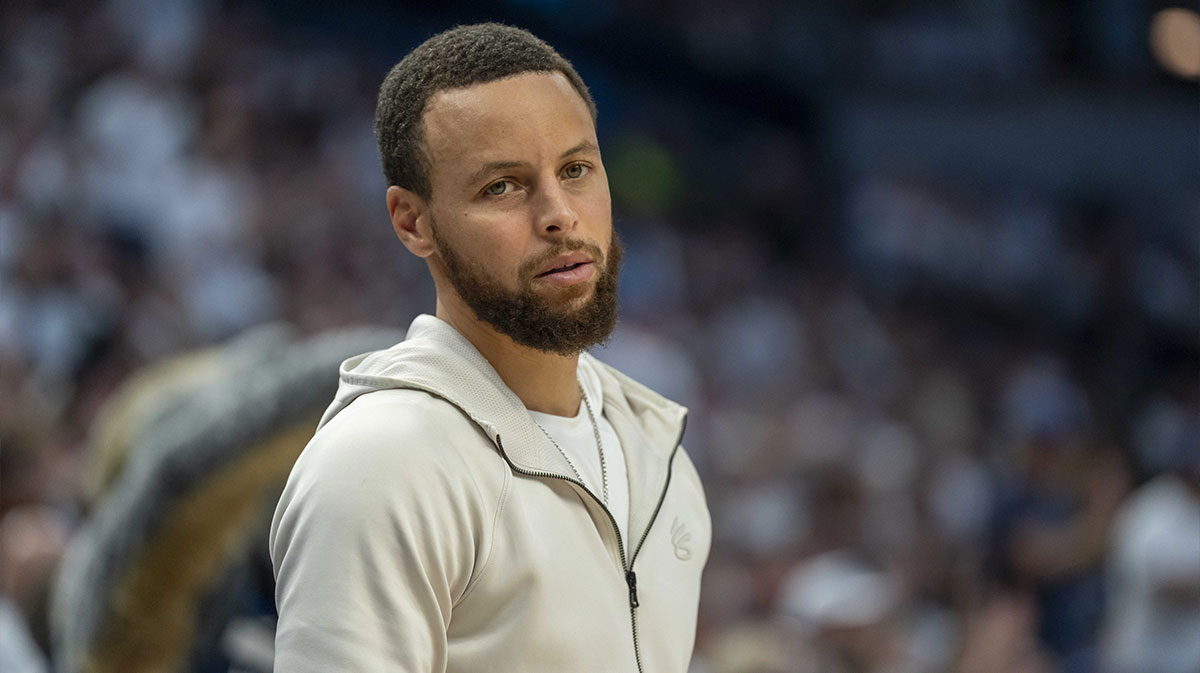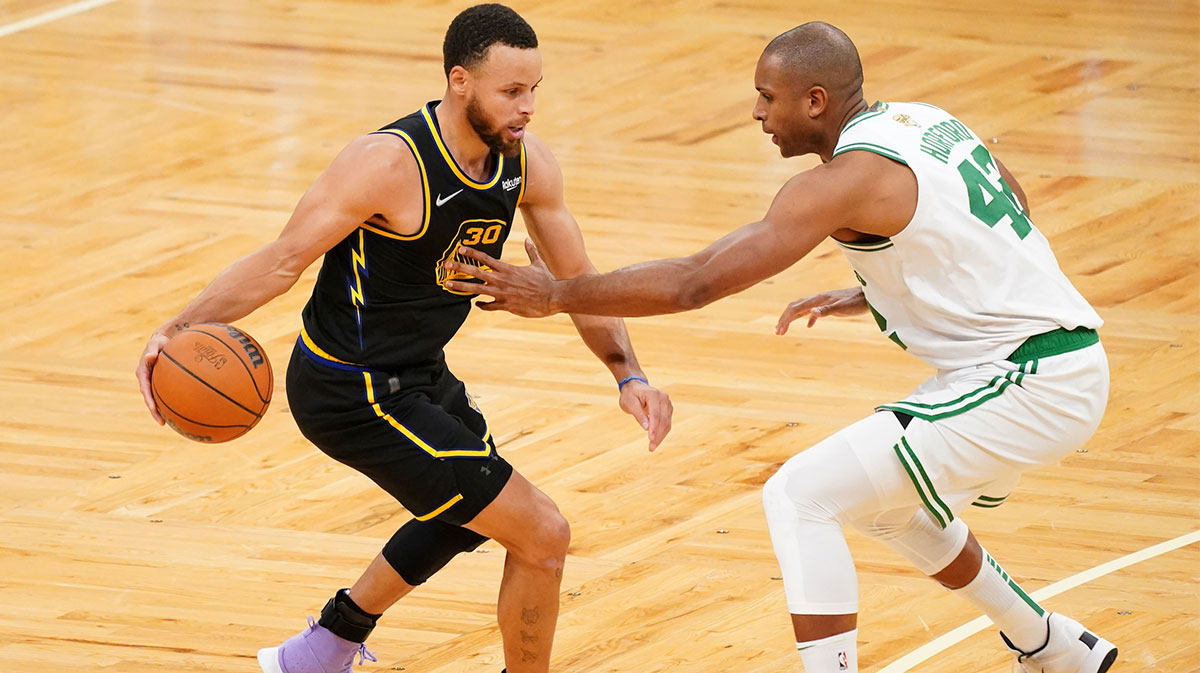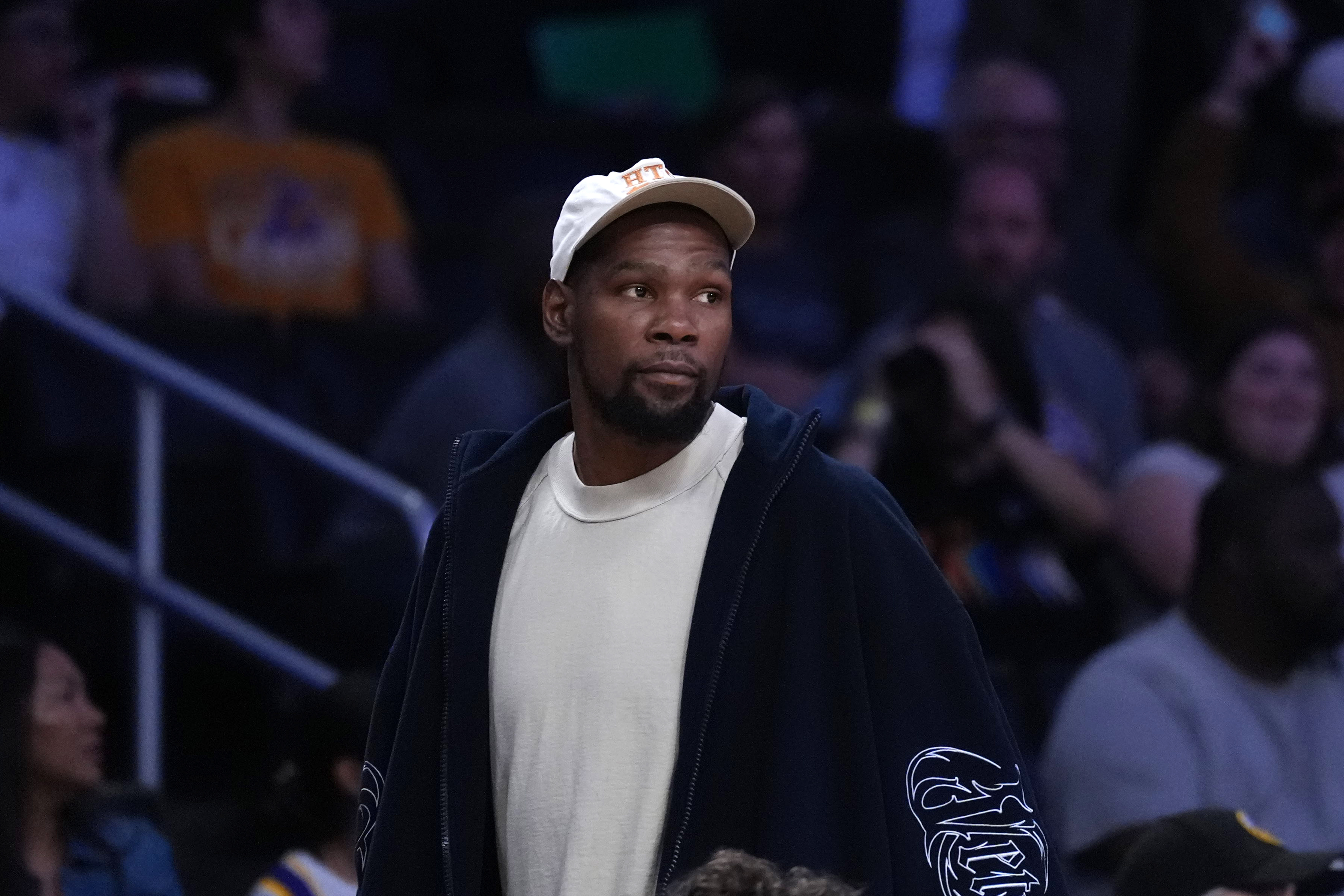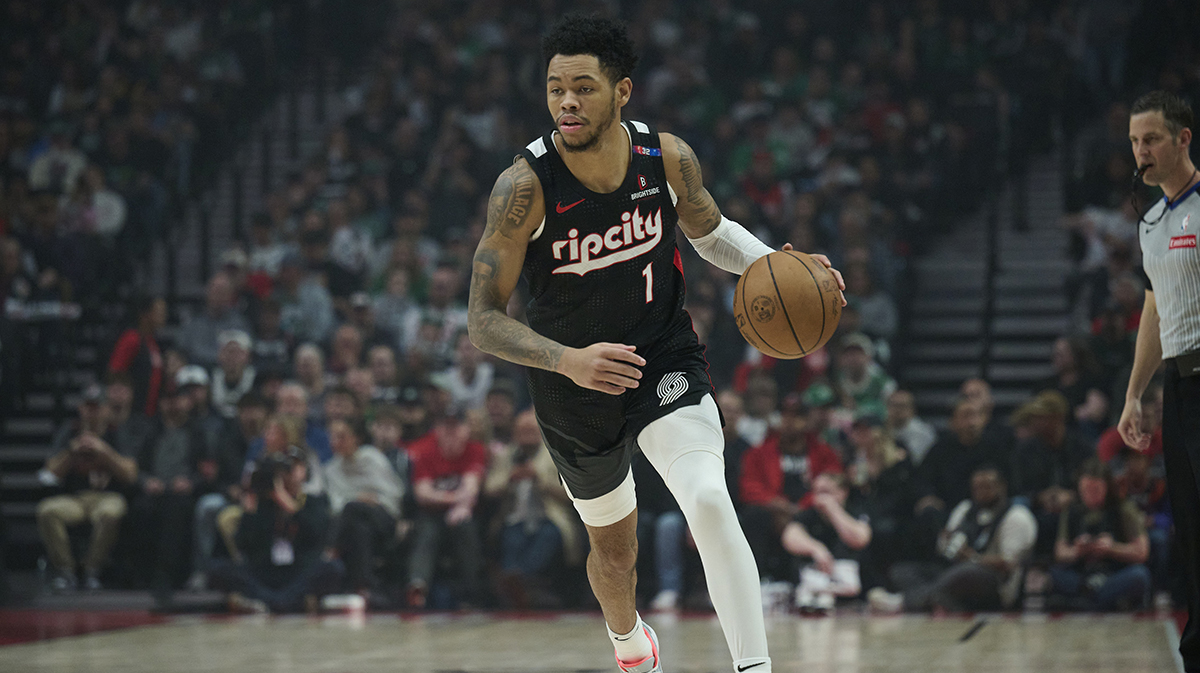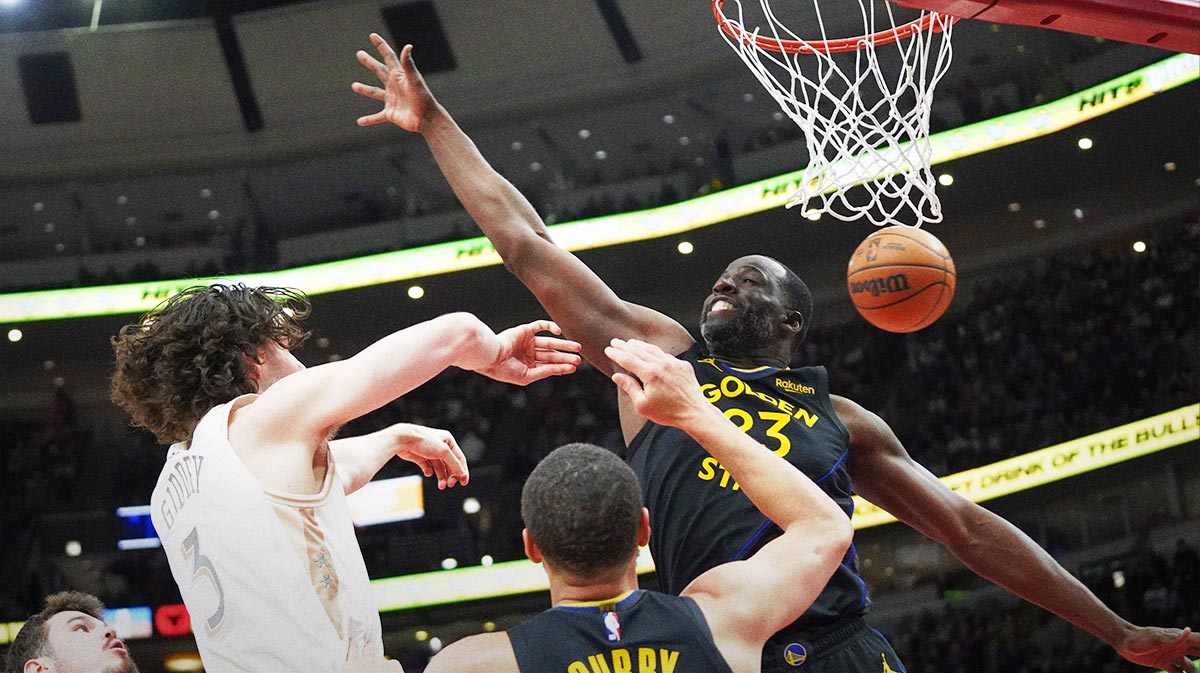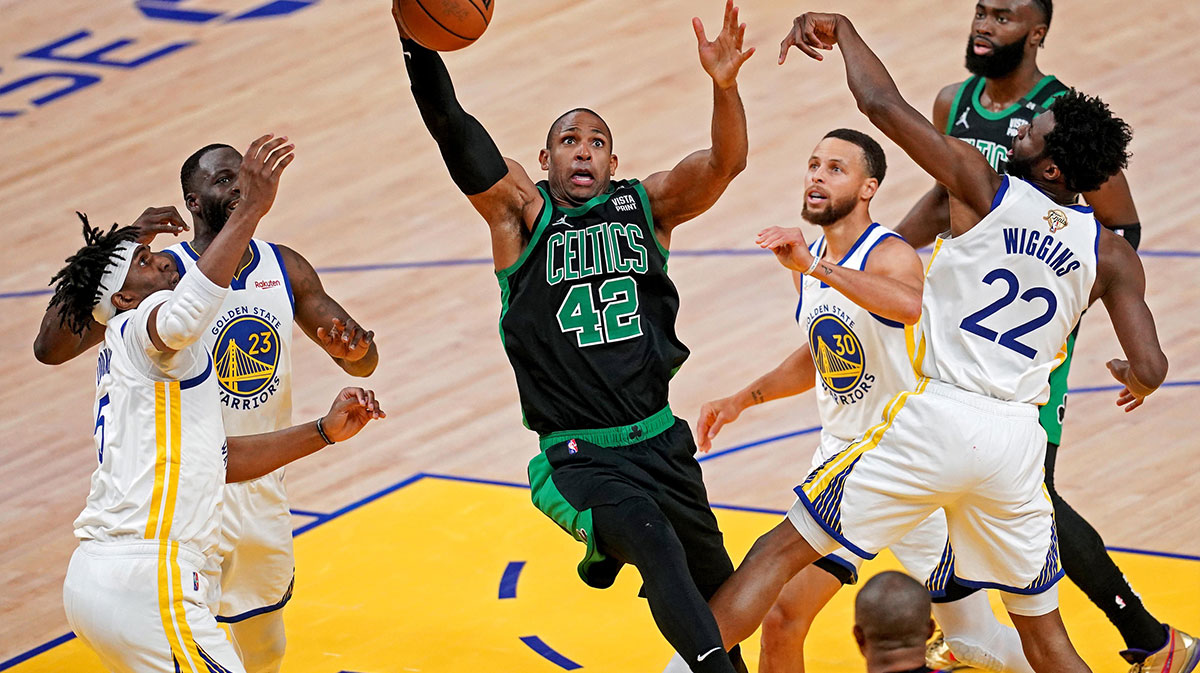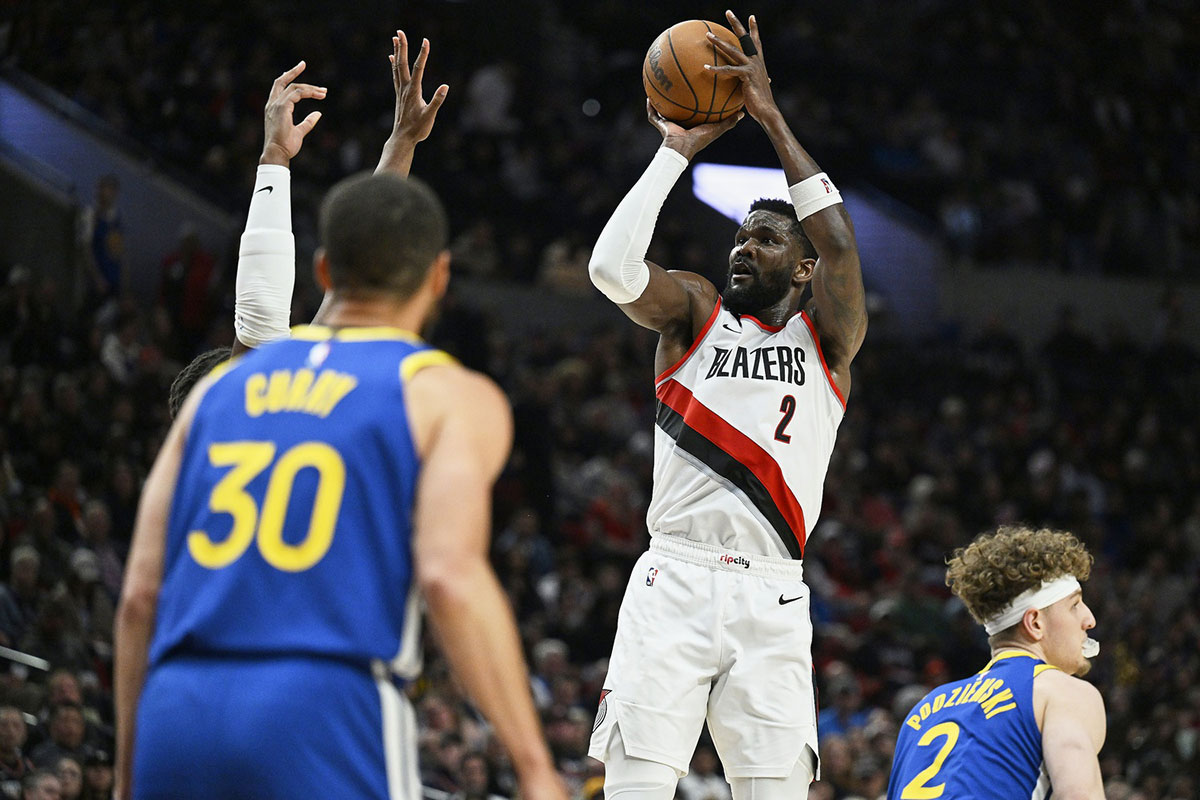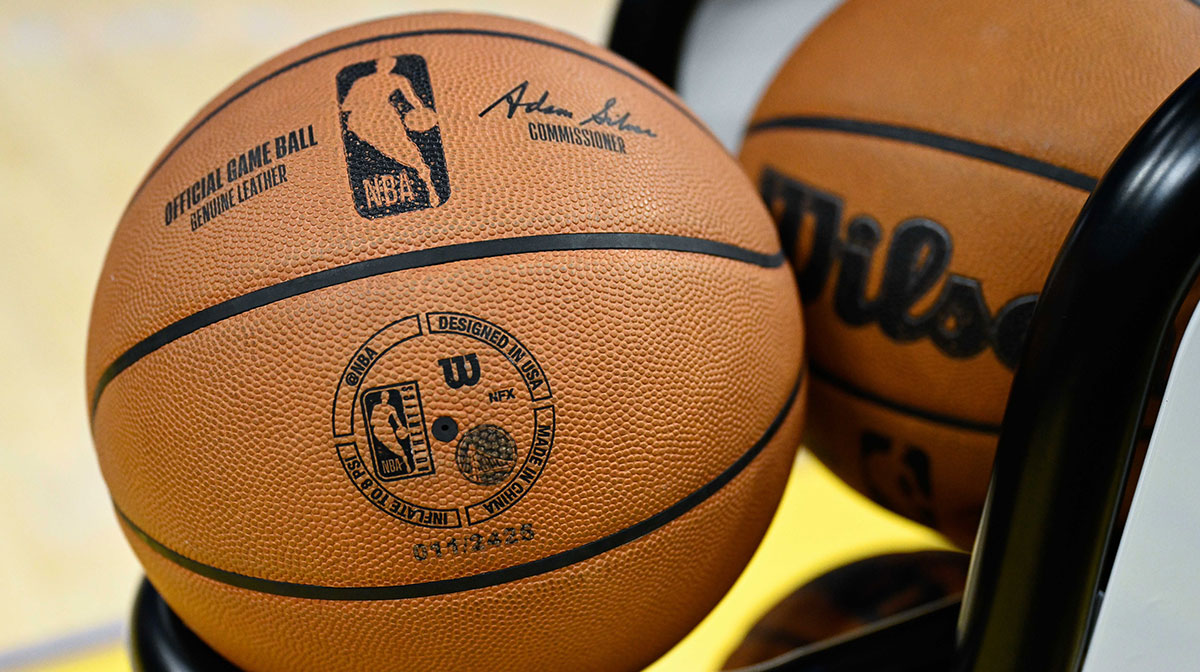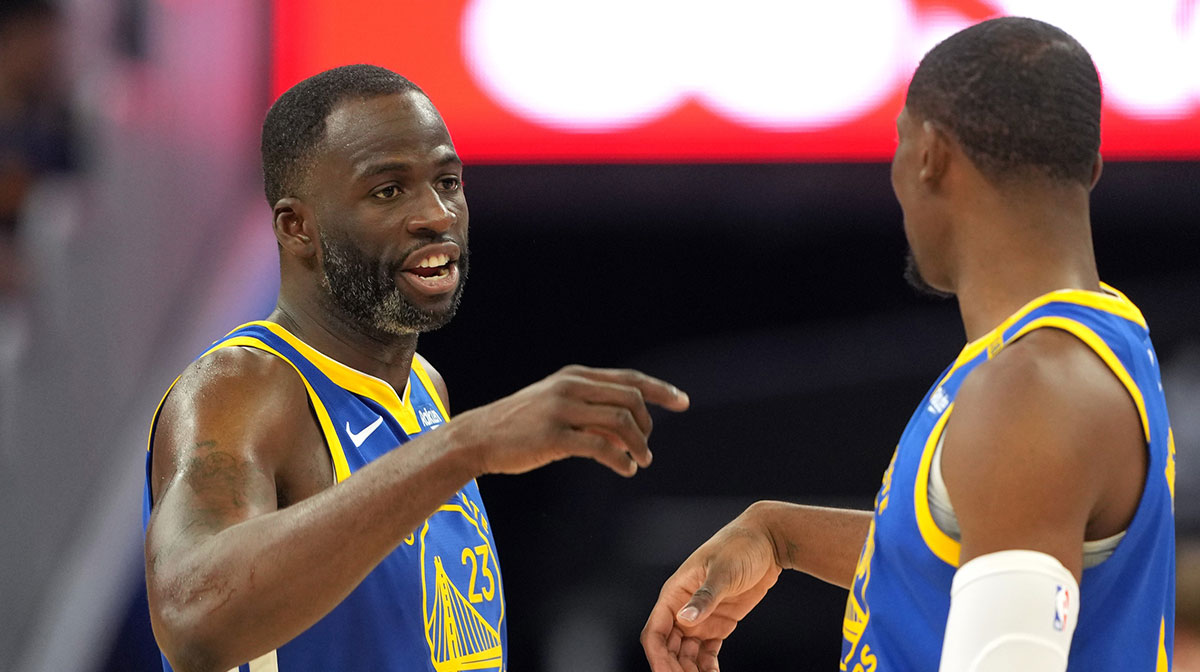For the Golden State Warriors, their four prominent players all fit some type of description.
Kevin Durant might be the most individually gifted player in the world and the most talented force on the team. Stephen Curry is the most important Warrior by a significant margin, as displayed by the last four games without Durant and how much of his offensive explosion has been unlocked with more usage. Klay Thompson, while also extremely adept at shooting, takes the award for the funniest member of the team. You can also say he's the ironman and most durable.
However, since 2014-15, there has only been one guy that personifies the heartbeat of the team. Throughout all five playoff runs, including this one, the Warriors' championship culture and the tone they set during a series are solely because of Draymond Green.
In a vacuum of all the star players in the league, there is no way Green's name is selected in the top 20 based on sheer skill if the objective is to build a team from scratch. The NBA is filled with too many out-of-this-world offensive studs that it's now understandable if his impact isn't viewed as profound in the regular season. When the calendar turns to April, though, and it's time to dial in for a two-month stretch, there is no denying Green is one of the seven to 10 most critical players alive.
Green is precisely what he likes to call, “a 16-game player.”
This is now year three of Green taking a tangible step back in the regular season grind, only to flip the proverbial switch and inflict brutal pain on opponents in the West playoffs. With him, everything ramps up at least five levels in the postseason — his energy, speed, decision-making as a passer, verbal leadership, and intensity within every defensive possession. The only thing he hasn't increased is the excessive barking at the officials, having not been whistled for a technical foul since Game 1 of the second round versus Houston. It's now nine straight games of channeling the same Draymond Green from the 2015 journey and less of the regular season Draymond Green that walks the line of ejection.
In Saturday's Game 3 win over the Trail Blazers to give his team a 3-0 series lead, Green was the best player on the floor. Yes, in a game where Curry abused “Rip City” with another resounding 36-point performance. Green's 20 points, 13 rebounds, and 12 assists, and 4 steals were the loudest of all details in a game that was flipped on its head in the third quarter.
He only turned the ball over twice in his 38 minutes of action, despite having 95 total touches (12 more than Curry) and making 74 passes (28 more than any other Warrior). That wicked second-half turnaround for Golden State was another instance of them stepping on the accelerator defensively and never letting up. In the last two games, they have put Damian Lillard and CJ McCollum in a stranglehold during Portland's halfcourt possessions in the third and fourth quarters:
Game 2:
- 46 points allowed on 48 possessions
- 95.8 offensive rating for Portland
- 53.5% True Shooting
Game 3:
- 33 points on 46 possessions
- 71.7 offensive rating for Portland
- 37.6% True Shooting
At the center of the Warriors' 18-point comeback on Saturday was Green, conducting a perfect orchestra with his offensive aggression and gameplan, while still having the endurance to cover every base in their halfcourt defense. The conditioning he committed to in the final weeks of the season has paid off tremendously. As much as Golden State is relentlessly trapping Lillard beyond the three-point line and forcing the Blazers into 4-on-3 situations with the roll-man, regular season Draymond might not have been able to rotate everywhere and take away every option Portland tried to get. When you consider how much Green was pushing the ball in transition, his stamina to execute perimeter and interior defense in Game 3 have to be admirable.
Attacking on the break — even after made baskets — is what Green felt was necessary in the second quarter. Portland was building a sizable lead, but he's aware of how grueling the Blazers' series was against Denver and how tired they looked in the two games at Oracle. In the last five minutes of the second quarter, Portland could've extended its lead to 20-plus.
But every time they started to pull away, Green would get a defensive stop, collect the board, and take it from coast to coast to generate points (either a bucket or foul). It would happen when Green had to take the ball out of the basket 94 feet away, too.
In the last series, I asked Curry exactly what it does for the Warriors when Green is the director in transition situations.
“It’s huge in terms of him being a playmaker off those opportunities, and we can run the floor,” he said. “When he’s in the middle of the floor reading the situation, finding the open guy, or finishing himself, it’s tough for defenses to recover like that.”
Notice here in the first play, as Green is charging up the court with the two greatest shooters ever on both wings and Andre Iguodala slashing inside to give Green another option:
On the second play above, Green touches the ball (after a made shot) and it takes him precisely three seconds to get up the floor and draw a foul. On the third instance, he gets the inbound after Portland scores again, and he delivers a buzzer-beating layup in 4.4 seconds.
Those plays in the final four minutes were essential in keeping the Warriors alive. If they entered the third quarter down 20 instead of 13, the confidence to make a comeback might not have existed. Maybe it would've, it's the Warriors for crying out loud, but on that's a tall order on the road.
What often goes unrecognized is how many of Green's transition attacks are the result of ridiculously skilled defense at the rim. When Lillard splits the duo of McKinnie and Looney here, it's up to Green to rotate off Zach Collins in order to challenge Lillard in the paint. As soon as Lillard prepares for his gather, Green has to time his jump perfectly so that he contests without fouling. In slow-motion, see how Green uses his verticality to bother Lillard:
He then receives the ball in stride, occupies the defense in transition, and hits the trailing Looney for two points.
Green was mainly picking the Blazers apart when he grabbed the defensive board himself, though. On the second transition score below, he smartly notices that Collins will have to step in front of him to stop the ball. If Collins doesn't, Green will have a runway to the paint. When he forces Collins to pick him up for just a second, it's Collins' man (Jordan Bell) that has an open lane inside:
The first three games of this series have resulted in a nightmare for the Blazers' transition defense, but a success for what Golden State has tried to do more. Their gameplan coming in was to run the ball down Portland's throats as much as possible. So far, that's what they've done — 18.6 percent of the Warriors' offensive possessions have started in transition. It's a substantial increase from their 15.9 percent rate in the regular season and only 15.1 percent versus Houston.
On the larger amount of opportunities, Golden State is scoring 146.8 points per 100 transition plays. *Huge gulp*
His active hands in passing lanes helped spark these fastbreak moments in Game 3, particularly from being aggressive on Portland's pick-and-rolls. It didn't matter if he was directly involved in the action (the first play here) or reacting quickly as the help defender (second play), Green was stripping the Blazers of any chance to rebuild their lead:
The first one is extremely crafty, as Green initially bites on Seth Curry's pump-fake but does a great job of not leaving his feet much at all. He then pressures Curry into getting rid of the ball, but extends his right hand at the moment he needed to. Single-handedly, he breaks up the bounce-pass to Collins.
Green was also making a lot of expert reads in the halfcourt when Golden State wasn't able to push the tempo. As much as he loves to attack with speed, his offensive brilliance shines the most when things slow down.
At the beginning of this play, Green sets the screen for Stephen Curry because he knows Portland is trying to switch every action in crunch time. He's aware that if he gets the smaller Seth Curry on him, he can get post position. Sure enough, he heads directly to the post and Thompson feeds him the ball. This allows for Green to be a passer out of the post, while Curry and Thompson start their post-split action:
You know why that worked so well? The Warriors knew Portland was hellbent on switching all of Curry and Thompson's off-ball movements. When the Splash Brothers run close together, the defenders are thinking “switch immediately.” Well, Curry decides to screen his next defender (McCollum), already putting Portland at a disadvantage. Once it appears like a pin-down for Thompson to shake free, Curry just slides to the rim. McCollum isn't aware until it's too late. Curry draws the extra defender (Harkless), and Looney has a layup.
Thompson was also the beneficiary of a few decisions Green made. On one occasion, Green used a screen by Curry in semi-transition to attack a switch, when led to him drawing a second defender and Thompson sneaking inside untouched. Then, with more post-split action between the two guards, Green threw in a wrinkle by hitting Thompson with a bounce-pass inside (instead of Curry on the perimeter). Here's both:
Green is very essential in the Warriors' patent “Head Tap” set now that Durant is out with injury, too. Usually, their favorite action begins with Durant getting the ball in the post, only for Green (or Looney) setting an off-ball screen for a curling shooter on the strong-side wing. Durant is always the passer.
Without Durant, that post-up has to be from Green. They went to it here to end the third quarter with a bang. Looney delivers the post-entry feed, then immediately turns to his left. When Green catches the ball, Curry is already using Looney's screen to come around to the right wing. It's typically three points:
What makes this work so often versus Portland is that Looney's man (Collins) is sagging so far off the Warriors' center. At this point, there really is no excuse considering they know Curry is just going to use Looney as a big boulder for space. I zoomed in so you can see Meyers Leonard, on the bench, reacting to how poorly the Blazers were defending this set. He literally cringed.
Green is at the heart of every run the Warriors have made in this postseason. There have been times where Golden State has a quick surge with Durant in the game and Curry resting. There are many occurrences with Durant sitting and Curry putting together a 9-0 scoring run of his own.
But everything also includes Green, who is the quarterback of everything they run. If he's not scoring, he's screening 30 feet from the basket, forcing the defense to make a decision, and then distributing once the weak side help comes. If he's not producing anything offensively, he's creating the fastbreak chances with his stout defense in the middle — defying what a 6'7″ power forward should be able to do as a rim protector.
In the 2019 playoffs, Green has played 560 minutes in 15 games. In those minutes, the Warriors are +11.9 per 100 possessions. In the 165 minutes he's rested, they have been nearly outscored at the same rate:

The swing of 22.5 points in net rating is the highest on the team. Curry's swing is +18.3 per 100 possessions, Durant's is only 5.5. Plus, when Green is on the floor, the Warriors finish 68.5 percent of their made baskets with assists versus only 60.0 percent when he's sitting. Their defensive rating goes from 107.3, which would rank eighth in the regular season, to 112.9, which would rank 28th.
On a team that's spearheaded by two offensive assassins in Curry and Durant when healthy, it's odd that a champion's success is contingent on its third or fourth “best” player.
But when the Warriors' dynasty is in the past and their playoff battles appear on Hardwood Classics, the common theme of their year-to-year dominance will be clear. It'll be Draymond Green turning into arguably the most versatile defender in NBA history and creating transition points out of chaos.
*All stats via NBA.com*

